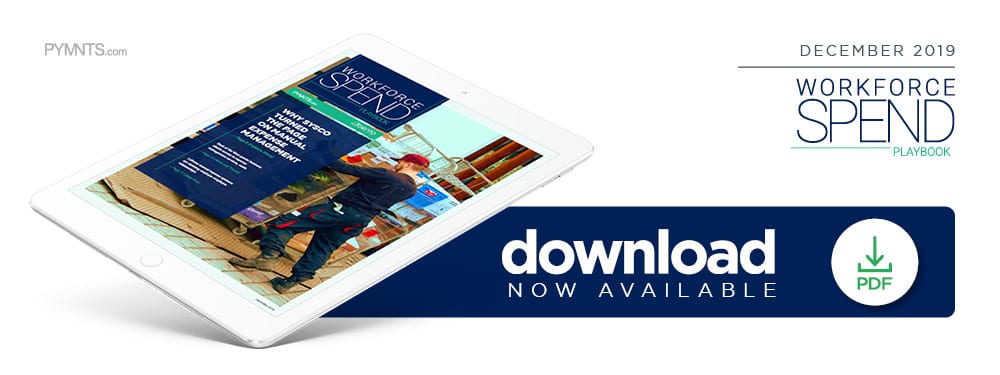Why Sysco Turned The Page On Manual Expense Management

Manual expense management tools had their time in the spotlight, largely because they were the only options available for employee reimbursements and cash flows. Today’s corporations are happy to bid goodbye to these time-consuming, paper-based processes and turn to online, automated expense tracking products for their spend management needs.
One such firm is management and distribution company Sysco, which distributes food and beverage products to restaurants, healthcare and educational facilities. The company expanded its credit card-based expense management program nearly four years ago to include a travel and expense card program as well as third-party expense management software. These changes have garnered clear and distinct benefits for both the company and its associates, Brent Anderson, the company’s senior director of finance policy and internal controls, noted in a recent interview with PYMNTS.
“Prior to the implementation of the travel and expense program, which was about three and a half years ago … our travelers would travel, they would incur expenses on their personal credit cards and file expense reports for reimbursements,” he explained. “The expense report was a very manual process. The advent of the travel and expense cards has allowed us to put the cards in the travelers’ hands so they are no longer having to put the travel spend on their own personal credit cards and also offer solutions that make reimbursement faster and easier for everyone.
These digital expense solutions have eased expense reporting frustrations and given companies like Sysco more insight into their associates’ needs and improved access to financial data, creating efficiencies and enhancing program compliance.
Expected and unexpected benefits
Sysco manages its expenses with three credit products for associates: travel and expense cards, fuel cards and purchasing cards or “P-Cards” for other expenditures. Approximately 10,000 of these cards are in circulation at Sysco as part of its spend management program, Anderson said.
The company pairs these cards with third-party transaction management software, he added, and works with the issuing bank to ensure it has full access to all employee purchases and spending. This allows workers to access the funds they need without clipping their receipts, while granting Sysco a clear view of its expense transactions, trends and policy compliance.
“We are able to see the spend, help manage the spend and ensure that the spend is appropriate and we are reimbursing for it in a timely way,” Anderson said. “When using the travel and expense credit cards, the transactions interface with the transaction management software, essentially completing the employee’s expense reports … through that automated process, and then the expense reports are submitted, reviewed, approved and paid — no taping of the receipts to paper, no manually documenting expense reports … All that is done electronically through automated workflow.”
Such tools remove key expense reporting challenges that many companies face, such as reimbursement speed.
“I think that, with the automated process, it has certainly sped up the time to have an employee be reimbursed,” Anderson said. “That manual process may have previously taken a couple weeks, and currently we are reimbursing daily.”
He said the program has offered other benefits as well.
“The credit card program has also helped us in unexpected ways,” Anderson explained. “For example, in times of natural disasters, it contributes to our ability to make sure our associates are safe and secure. In these situations, associates can use their travel and expense card for immediate access to food and shelter if needed, or the company may offer other solutions such as arranging for shelter at available hotels using a corporate credit card for payment.”
Program compliance
Automated spend management products do not just improve the productivity of associates with expense accounts, however. They also allow Sysco to enhance program compliance by designing preventive protocols and also providing data to help analyze expenses and identify potential issues.
“What it has done for us is it has provided data and it has helped us ensure that we are complying with our policies,” he explained. “We have a very compliant workforce, in general, but this has just helped us reinforce that our policies are being followed.”
Having access to the spend data both from the bank and through Sysco’s spend management partners has also helped the company on the accounting front.
“We have automated interfaces from partners directly into our financial reporting systems, which will allow us to record travel stats and the appropriate accounts by category very easily,” Anderson said.
Companies are operating at greater scale and levels of financial complexity than ever before. Adopting digital spend management solutions will likely allow them to track funds and ensure smoother operations — as it did in Sysco’s case.

